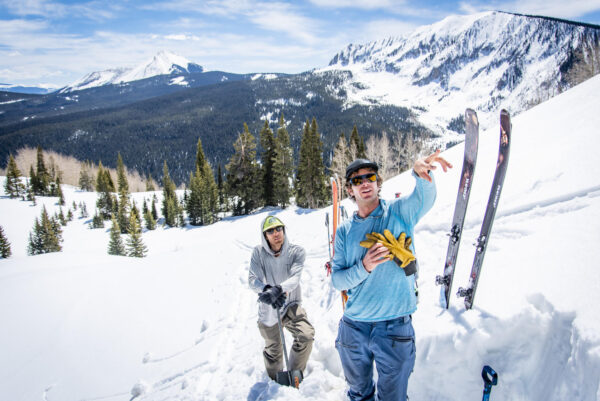Communicating and making choices about routes, objectives, and terrain exposure while in the backcountry.
Decision-making in avalanche terrain is at the core of managing avalanche hazards. Our understanding of how humans process information and make decisions is evolving. We have known biases, or cognitive traps, that can lead even the most knowledgeable practitioners to poor decisions. Some of the key components of sound decision making include:
- Having a systematic process for reviewing the day’s hazards and planning your routes. This includes reading the avalanche forecast, weather forecast, and visualizing terrain.
- Defining closed or “no-go” terrain from the comfort of your home before you are biased by human factors on tour.
- Identify areas of uncertainty and their potential consequences.
- Plan objectives with alternative route options as a “Plan B”.
- Establish clear and open communication within your group, both before leaving the trailhead and throughout a tour.
